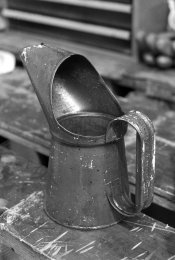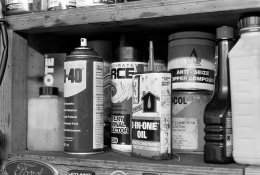RallyFan
Member
- Joined
- Jan 1, 2013
- Messages
- 11
- Format
- 35mm RF
First off, I'm still a little new to developing, but I've found that I like PanF+, but I was given 10 rolls each of TMAX 100 and Delta 100. However, my reason for liking PanF+ is that I like shooting on sunny days, and 50 gives me more versatility to open up the lens. I'm shooting 35mm film on a Leica IIIf.
So now that I have all this film to burn, what is everyone's experience shooting either TMAX 100 or Delta 100 at 50. What kind of development processes do you use and what kind of results do you get? For the record, I have been using Ilfosol 3 which was great to learn with, however I'm not opposed to trying something new as long as it's still relatively easy to work with. And I prefer to stick to ISO50 vs. 64 or 80 (I use the sunny 16 rule and no meter, and I'm not sure my little brain would like me trying to compound things further by throwing half or third stops in the mix). Also, I don't print my negatives in the darkroom. I (gasp) scan them, if that matters or not.
Thanks!
So now that I have all this film to burn, what is everyone's experience shooting either TMAX 100 or Delta 100 at 50. What kind of development processes do you use and what kind of results do you get? For the record, I have been using Ilfosol 3 which was great to learn with, however I'm not opposed to trying something new as long as it's still relatively easy to work with. And I prefer to stick to ISO50 vs. 64 or 80 (I use the sunny 16 rule and no meter, and I'm not sure my little brain would like me trying to compound things further by throwing half or third stops in the mix). Also, I don't print my negatives in the darkroom. I (gasp) scan them, if that matters or not.
Thanks!













